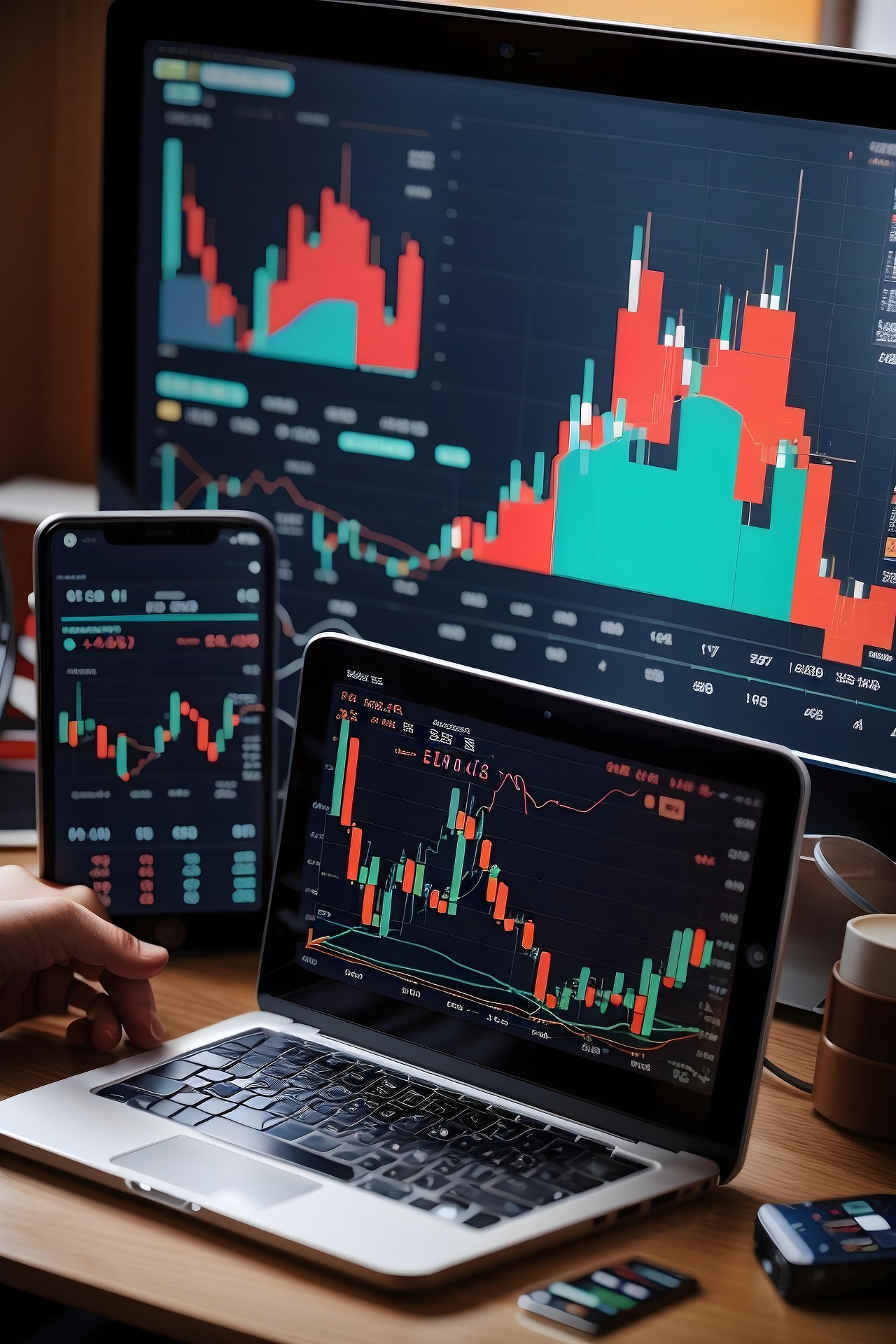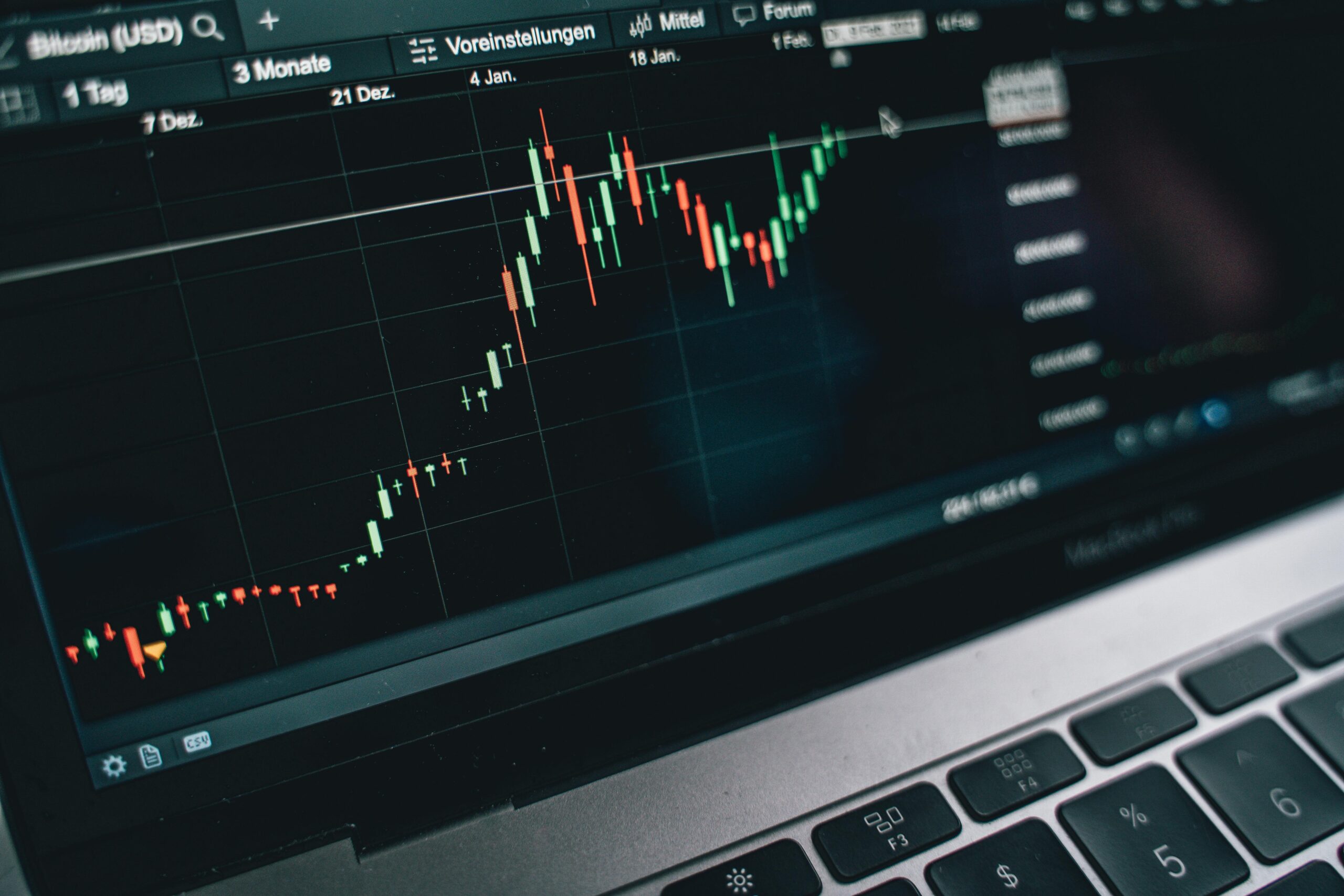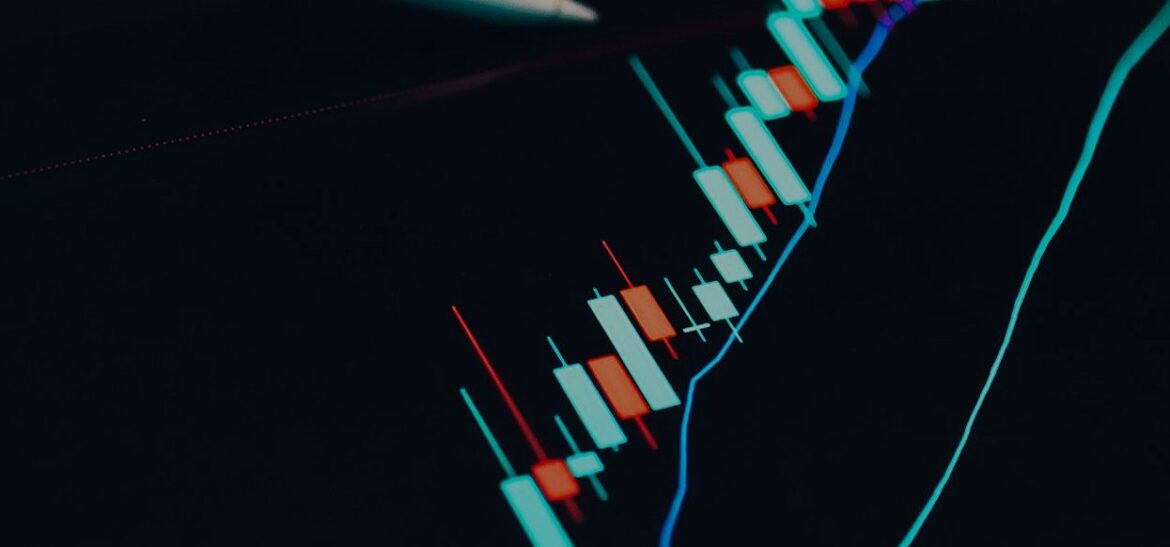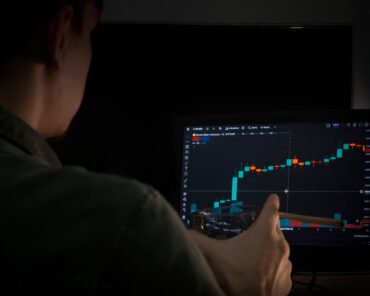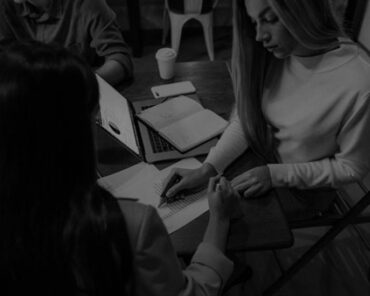Journal Detailed
Boost Strategy with Backtesting Tools
Successful trading is not just about intuition—it’s about testing and refining your strategy. Backtesting tools allow traders to evaluate strategies on historical data before risking real money. This process is essential for improving accuracy and building long-term confidence.
Test Before You Trade
Backtesting lets you simulate trades using past market conditions. By doing this, you can see how your strategy would have performed over time. It highlights strengths, weaknesses, and areas that need adjustment. Instead of relying on guesswork, backtesting provides real evidence of a system’s effectiveness.
Optimize for Better Performance
Another major advantage is optimization. Many backtesting tools allow traders to adjust variables like stop-loss levels, timeframes, and entry signals. This fine-tuning process ensures your strategy is more robust and better prepared for live market conditions.
This process highlights:
- Whether your entries and exits are well-timed
- How your risk management rules hold up during volatility
- The overall consistency of your trading system
By testing before you trade, you remove emotional bias and replace it with clear evidence. It helps you avoid strategies that look good on paper but fail under pressure.
Build Confidence Through Data
Many traders abandon strategies too early because of fear or doubt. Backtesting solves this problem by showing historical proof. When you know that your system has worked across 10 years of EUR/USD data, you can trade with more confidence, even when facing a temporary losing streak.
For example, you might discover that your breakout strategy works better on the London session than in Asian hours, or that a 20-pip stop-loss provides more stability than a 10-pip one.
Optimization doesn’t mean curve-fitting data—it means refining a strategy to handle different market conditions, making it more robust and durable in live trading.
Identify Strengths and Weaknesses
Backtesting isn’t just about profits. It’s about finding blind spots in your strategy. By analyzing detailed reports, you can discover:
This kind of insight is invaluable. For example, if your scalping system fails during high spreads or news events, you can avoid trading at those times in the live market.
Conclusion
Backtesting is more than just a technical step—it’s the foundation of professional trading. It allows you to separate strong strategies from weak ones, refine your approach, and trade with data-backed confidence.
By simulating trades, optimizing performance, identifying weaknesses, and planning your approach, you build a trading system that’s sustainable in the long run.
In short, successful trading is not about guessing—it’s about preparation. And backtesting tools are the ultimate way to prepare.

